Springs
A Spring is an elastic object used to store mechanical energy. Springs are usually made out of hardened cold drawn wire. Small Springs can be wound from pre-hardened stock, while larger ones are made from annealed steel and hardened after fabrication. Some non-ferrous metals are also used including phosphor bronze and titanium for parts requiring corrosion resistance and beryllium copper for springs carrying electrical current (because of its low electrical resistance).
The rate of a spring is the change in the force it exerts, divided by the change in deflection of the spring. That’s is, it is the gradient of the force versus deflection curve. An extension or compression spring has units of force divided by distance. For example ib f/in or N/m. Torsion springs have units of force multiplied by distance devided by angle, such as N*m / rad or ft*lbf / degree. The inverse of spring rate is compliance, that is if a spring has a rate of 10 N/mm, it has a compliance of 0.1mm/N. The stiffness (or rate) of springs in parallel is additive, as is the compliance of springs in series.
Types Of Springs
- Extension Springs
- Compression Springs
- Torsion Springs
- Spiral Torsion Springs
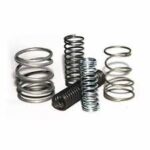
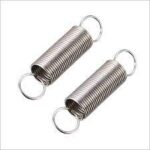
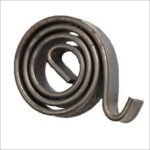
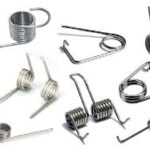
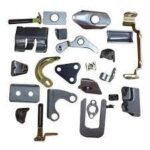
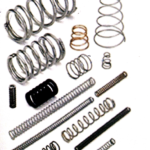
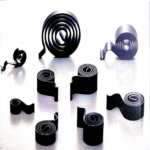
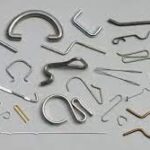
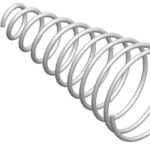
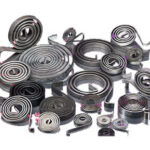
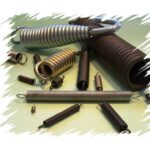
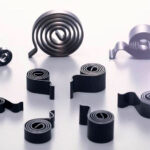
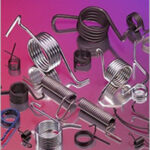
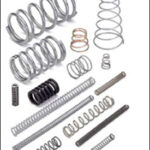
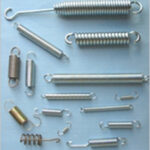
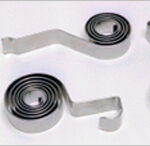
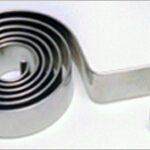

Useful Links
©2024. Asian Springs. All Rights Reserved.